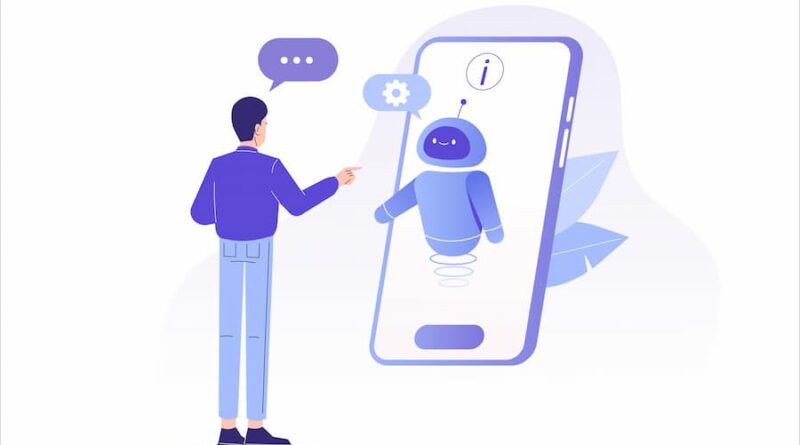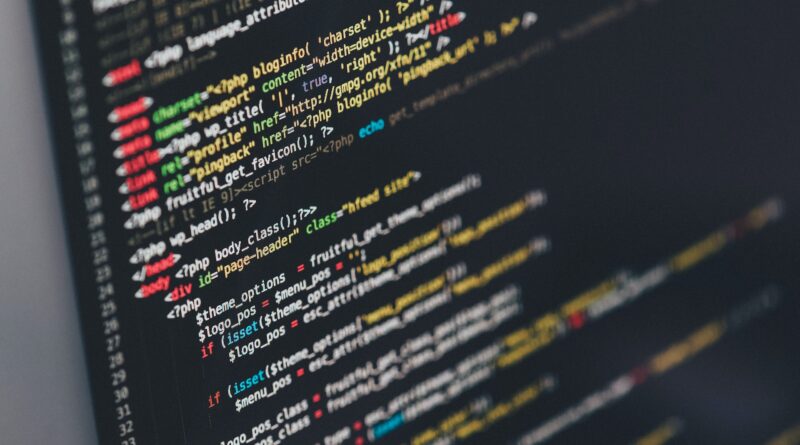Navigating the Fourth Industrial Revolution: Empowering Information Professionals to Support International Students Using AI Technology
As educational institutions strive to accommodate the needs of this diverse demographic of students, information professionals are presented with a unique opportunity to harness the power of AI technology and elevate their role in enhancing the international student experience.
Read More













